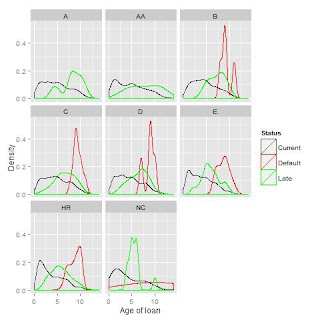downloading folders from google drive.
I wanted to download some course material on RL shared by the author via Google drive using the command line. I got a bunch of stuff using wget a folder in google drive was a challenge. I looked it up in SO which gave me a hint but no solution. I installed gdown using pip and then used: gdown --folder --continue https://drive.google.com/drive/folders/1V9jAShWpccLvByv5S1DuOzo6GVvzd4LV if there are more than 50 files you need to use --remaining-ok and only get the first 50. In such a case its best to download using the folder using the UI and decompress locally. Decompressing from the command line created errors related to unicode but using the mac UI I decompressed without a glitch.



